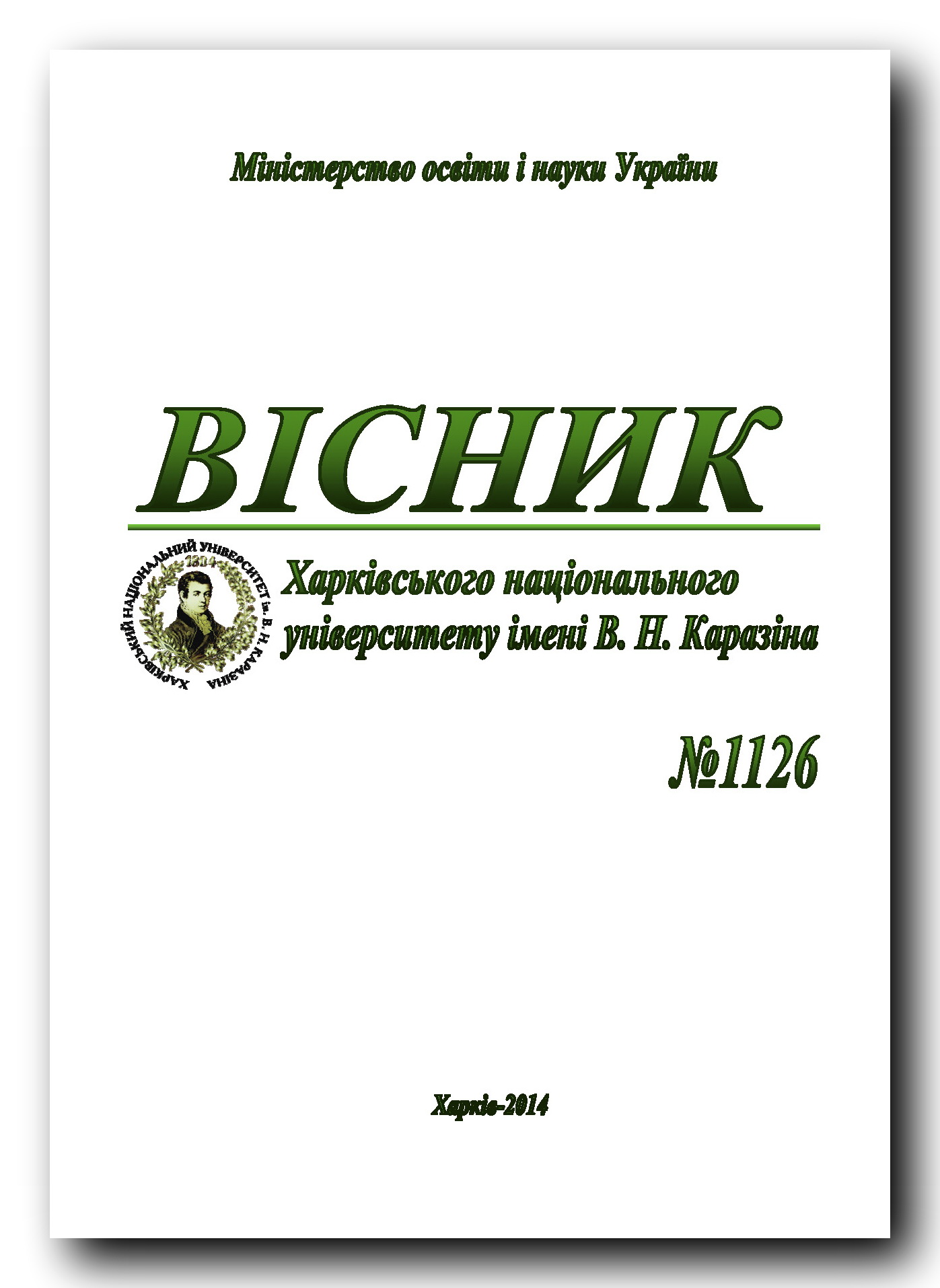Генетичний аналіз харчових переваг у населенні України
Анотація
Вперше в Україні проведено генетичний аналіз харчових переваг на основі підходу Фальконера. Опитувальники за харчовими перевагами були заповнені 291 парою «батько–нащадок» (включаючи 19 пар «батько–син», 54 пари «мати–син», 34 пари «батько–донька» та 184 пари «мати–донька»), 84 сибсовими парами (включаючи 7 пар братів, 36 пар сестер та 41 пару «брат–сестра») та 70 шлюбними парами. Показана помірна успадковуваність харчових переваг до здорової їжі (перші овочеві страви) – 50%, і висока успадковуваність до білкової їжі (м'ясо) – 88%, фруктів – 92%, солоного – 76%, а також солодкого та фастфуду – близько 100%.
Завантаження
Посилання
Andersson I., Sidenvall B. Case studies of food shopping, cooking and eating habits in older women with Parkinson's disease // J. Adv. Nurs. – 2001. – Vol.35, No.1. – P. 69–78.
Breen F.M., Plomin R., Wardle J. Heritability of food preferences in young children // Physiology & Behavior. – 2006. – Vol.88, Is.5. – P. 443–447.
Caramia G. Childhood feeding, chronic-degenerative disease in adults, and nutrigenomics // Pediatr. Med. Chir. – 2007. – Vol.29, No.6. – P. 309–320.
Deshmukh-Taskar P., Nicklas T.A., Yang S.J., Berenson G.S. Does food group consumption vary by differences in socioeconomic, demographic, and lifestyle factors in young adults? The Bogalusa Heart Study // J. Am. Diet. Assoc. – 2007. – Vol.107, No.2. – P. 223–34.
Falconer D.S., Mackay T.F.C. Introduction to quantitative genetics. – Harlow, UK, Longman, 1996. – 480p.
Fildes A., van Jaarsveld C.H., Llewellyn C.H. et al. Nature and nurture in children's food preferences // Am. J. Clin. Nutr. – 2014. – Vol.99, No.4. – P. 911–917.
Hill W.G., Mackay T.F.C. Anecdotal, Historical and Critical Commentaries on Genetics. Edited by James F.Crow & William F.Dove: DS Falconer & Introduction to Quantitative Genetics Perspectives // Genetics. – 2004. – Vol.167. – P. 1529–1536.
Kaput J., Noble J., Hatipoglu B. et al. Application of nutrigenomic concepts to Type 2 diabetes mellitus // Nutr. Metab. Cardiovasc. Dis. – 2007. – Vol.17, No.2. – P. 89–103.
Keskitalo К., Knaapila A., Kallela M. Sweet taste preferences are partly genetically determined: identification of a trait locus on chromosome // Am. J. Clin. Nutr. – 2007. – Vol.86. – P. 55–63.
Kono S., Uchioka M., Takewaka H. et al. A dietary method for epidemiological study of cancer // Gan. No. Rinsho. – 1990. – P.409–415.
Lindsted K., Kuzma J.W. Husband-wife diet concordance and changes in dietary practices by surviving spouses of cancer cases // Nutr. Cancer. – 1990. – Vol.13, No.3. – P.175–187.
O'Connor T.M., Yang S.J., Nicklas T.A. Beverage intake among preschool children and its effect on weight status // Pediatrics. – 2006. – Vol.118, No.4. – e1010–1018.
Oliveira A., Maia B., Lopes C. Determinants of inadequate fruit and vegetable consumption amongst Portuguese adults // J. Hum. Nutr. Diet. – 2014. – Vol.27, Suppl.2. – P. 194–203.
Phillips C. Nutrigenetics and metabolic disease: current status and implications for personalized nutrition // Nutrients. – 2013. – Vol.5, No.1. – P. 32–57.
Rozin P., Millman L. Family environment, not heredity, accounts for family resemblances in food preferences and attitudes: A twin study // Appetite. – 1987. – Vol.8, No.2. – P. 125–134.
Scaglioni S., Salvioni M., Galimberti C. Influence of parental attitudes in the development of children eating behaviour // Br. J. Nutr. – 2008. – Vol.99, Suppl.1. – P. 22–25.
Schafer R.B., Keith P.M., Schafer E. Predicting fat in diets of marital partners using the health belief model // J. Behav. Med. – 1995. – Vol.18, No.5. – P. 419–433.
Törnwall O., Silventoinen K., Hiekkalinna T. et al. Identifying flavor preference subgroups. Genetic basis and related eating behavior traits // Appetite. – 2014. – Vol.75. – P. 1–10.
Tsubono Y., Takamori S., Kobayashi M. et al. A data-based approach for designing a semiquantitative food frequency questionnaire for a population-based prospective study in Japan // J. Epidemiol. – 1996. – Vol.6, No.1. – P. 45–53.
Wardle J., Cooke L.J. One man's meat is another man's poison // EMBO Rep. – 2010. – Vol.11, No.11. – P. 816–821.
Weinmann S., Siscovick D.S., Raghunathan T.E. et al. Caffeine intake in relation to the risk of primary cardiac arrest // Epidemiology. – 1997. – Vol.8, No.5. – P. 505–508.
Yahia N., Achkar A., Abdallah A., Rizk S. Eating habits and obesity among Lebanese university students // Nutr. J. – 2008. – Vol.7, No.32.
Zar J.H. Biostatistical analysis. 4th edition. – Prentice Hall, Upper Saddle River, NJ, 1999. – 929p.
Автори залишають за собою право на авторство своєї роботи та передають журналу право першої її публікації на умовах ліцензії Creative Commons Attribution License 4.0 International (CC BY 4.0), яка дозволяє іншим особам вільно розповсюджувати опубліковану роботу з обов'язковим посиланням на авторів оригінальної роботи.




